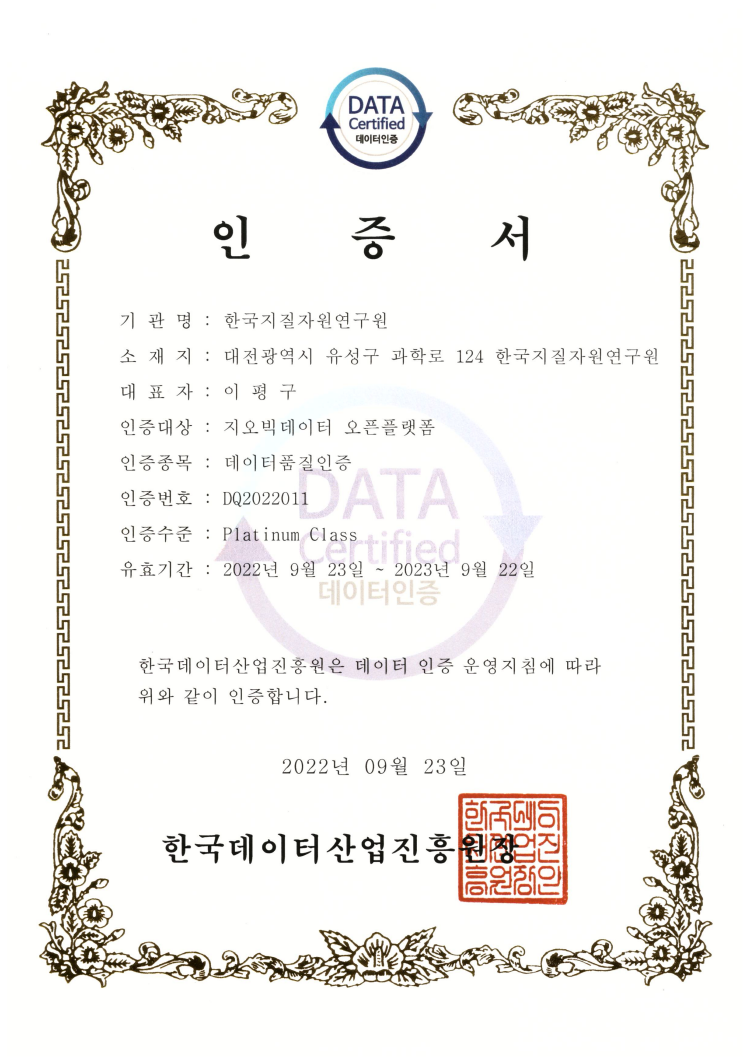선중합 구조보정 병렬코드화 연구
상세정보
| 자료유형 | KIGAM 보고서 |
|---|---|
| 서명 | 선중합 구조보정 병렬코드화 연구 |
| 저자 | 장성형 |
| 언어 | ENG |
| 청구기호 | KR-98-[B]-33-1998-R |
| 발행사항 | 과학기술부, 1999 |
| 초록 | A pre-stack migration reverse time migration that is directly imaging subsurface from seismic data need large computing time and core memory when we find out wavefield using finite difference method. In order to calculate wavefield using FDM it need to determine which optimum rotated finite difference operator are proper. If optimum rotated finite difference operator are determined properly, it can be applied to pre-stack reverse time migration. Since 1997 parallel super computer with 128 CPU has been operating at Super computing center. It can be possible to apply to pre-stack reverse time migration by code parallelization. Much computing time and large computer memory are needed to solve wave equation in a large complex subsurface layer using finite difference method. The time and memory can be reduced by decreasing the number of grid points per minimum wave length. However, decrease of grid may cause numerical dispersion and poor accuracy. In this study, I present rotated finite operators which are 81, 121 and 169 points weighted average methods to save computing time and memory and to improve the accuracy. By this method, the numerical errors in phase velocity less than 1% for accuracy solution in 81 points could be archived 2.5 grid points per wavelength and in 121 points could be archive 2.3 points. However, in 169 points there were no solution because of oscillation of dispersion curves in group velocities. The computing time in 81 points compared to conventional 5 points difference stars could be reduced to (2.5/13)³ and core memory could be saved (2.5/13)⁴. In 121 points those could be saved (2.3/13)³ and (2.3/13)⁴. According to grid dispersion analysis for determination of gried points, I have shown that the more rotated finite difference operators, the less grid points. However, the more rotated finite difference operators are needed the more complex difference equation terms. 탄성파 탐사자료로부터 직접 지하 지질구조를 영상화하는 선 중합 구조보정은 파동 방정식의 해를 유한 차분법을 이용하여 구할 경우 많은 컴퓨터 계산시간과 기억용량이 필요하다. 따라서 파동 방정식 해를 구하는 유한 차분법을 최적화하는 가중평균 방법을 우선적으로 결정할 필요가 있고 이를 바탕으로 선 중합 구조보정을 위한 병렬 코드화가 필요하다. 국내에서도 1997년 부터 128 CPU를 장착한 병렬 컴퓨터가 슈퍼 컴퓨터 센터에 도입되어 운용되고 있어 선 중합 구조보정 병렬코드화가 가능하게 되었다. 복잡한 지층구조 해석을 위한 탄성파 모델링은 파동방정식의 해를 해석학적으로 구하는 것이 어렵기 때문에 유한 차분법 및 유한 요소법등 근사식을 이용하여 근사해를 구한다. 이와같은 방법은 지하 지질구조를 불연속 격자로 근사화하여 해를 구하기 때문에 해의 정확도에 오차가 발생하기 마련이다. 따라서 파동 방정식의 정확도를 유지하면서 파장당 격자수를 줄여 컴퓨터 계산시간과 기억용량을 줄이는 방법이 필요하다. 본 연구에서는 파장당 격자수를 줄이는 방법으로 이용되고 있는 가중평균법을 169점까지 확장하여 최적 가중평균 격자수를 결정하고자 하였다. 정확도를 유지하기 위한 최소한의 파장당 격자수를 확인하기 위해 격자 분석을 실시하였으며 그 결과 일반적인 5점을 이용하는 경우 파장당 격자수가 13개 이상이 필요하고 9점에 의한 가중평균법의 경우 9개, 25점에서는 3개, 49점에서는 2.7개 이상이 필요하다. 81점에서는 2.5개, 121점에서는 2.3개 그리고 169점에서는 오차 한계를 벗어나 가중평균 계수를 구할 수 없음을 알았다. 지층 모형실험에서는 81점까지는 가중평균 격자수에 대해 최소 파장당 격자수를 2.3개로 하여 인공합성 탄성파 단면도를 작성하였으며 그 결과 격자의 분산정도가 1% 이내에 들어가는 허용오차 범위에서 81점 가중평균법이 가장 정확함을 알 수 있었다. 81점 가중평균법의 경우 파장당 격자수는 2.3개 까지 줄일 수 있었으나 파동방정식을 차분화 할 때 차분식 자체가 지나치게 방대해진다. 따라서 가중평균에 적용되는 격자수가 증가할수록 정확도는 증가하지만 차분식도 증가하여 더욱 복잡해짐을 알 수 있었다. |
| 페이지 | 58 p. |
| 키워드 | 선중합, 구조보정, 병렬코드화, 탄성파, 파동방정식 |
| 원문 |
유형별 보고서
- 2780view
- 20download

댓글